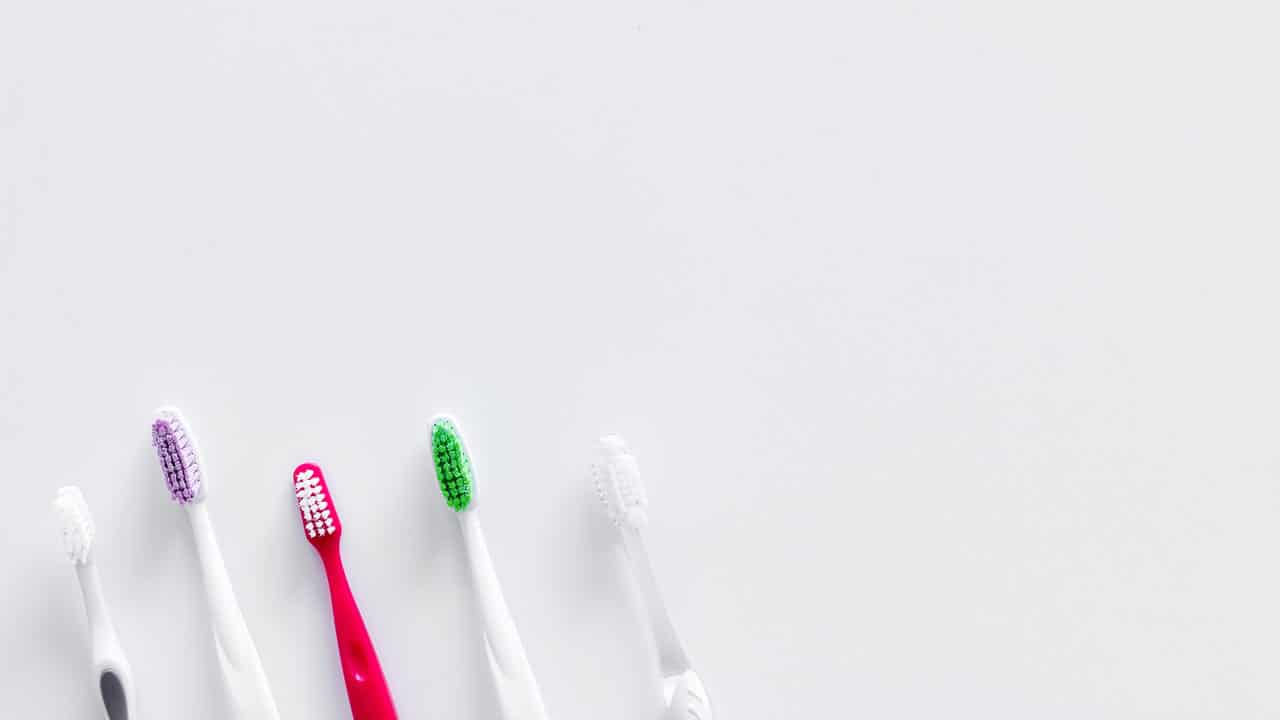
According to the American Dental Association (ADA), you should buy a new toothbrush every three months. This will guarantee that your toothbrush is doing the best possible job of removing plaque and food debris from your teeth, as well as protecting your gums from infection. Otherwise, your bristles may become worn and frayed, making them less effective in maintaining your oral hygiene. When deciding to buy a new toothbrush, there are a number of factors you may want to consider. Be sure to follow these steps as you look to buy your next toothbrush.
1. Choose the mechanism.
There are three different kinds of toothbrushes you can choose from—manual, electric, and sonic—and each has different merits. The manual toothbrush is the most common kind, and is by far the most affordable option. If you have proper brushing technique and don’t struggle with limited dexterity, the manual toothbrush is a reliable, suitable toothbrush for you. The electric toothbrush is a level up from the manual toothbrush. It typically has rotating bristles that increase your brushstrokes to between 2,500 to 7,000 brushstrokes per minute. This option is slightly more expensive, but the mechanized motion can be quite helpful, particularly for those with mobility issues. Finally, the highest level of toothbrush is the sonic toothbrush, which can clean your teeth at a rate of 30,000 brushstrokes per minute. This toothbrush does not “brush away” plaque so much as utilize high velocity speeds and high frequency sound waves to remove plaque. It also powers the liquids in your mouth into the hard-to-reach places to ensure the next level of dental hygiene. This toothbrush is, not surprisingly, the most expensive option, but it is also most effective!
2. Look at the size of the toothbrush head.
When deciding on a new toothbrush, it is important to eliminate any toothbrushes that are too big or too small. If your toothbrush head is too large, for example, it can harm your gums. It can also make it harder to maneuver and, therefore, less effective in brushing the hard-to-reach spots in the back of your mouth. Therefore, be sure to choose the size of toothbrush that works for you.
3. Check the strength of the bristles.
More often than not, soft-bristled toothbrushes are the best option for your toothbrush. While soft bristles are effective in removing plaque and debris, they are still gentle on your gums. However, if you have limited dexterity and movement, firm bristles may be able to help provide the extra strength you need to sufficiently clean your teeth.
4. Decide on bristle design.
You will not want to forget to look at the bristle design when choosing a toothbrush. Studies have shown that flat-trimmed bristles are not as effective in removing plaque as multi-leveled bristles or bristles at an angle. Therefore, be certain your toothbrush is multi-leveled to get the best possible results.
5. Look for the ADA Seal of Acceptance.
Safety and efficacy is important when choosing a toothbrush. The American Dental Association’s Seal of Acceptance indicates which toothbrushes are not only effective in preventing infection and removing plaque, but also which ones contain materials that are safe to use. Therefore, be sure to look for the seal on the package of your toothbrush when you buy!
Do you want to see if you’ve been brushing effectively? Contact Oradent Associates in Lincolnwood today to set up your next routine dental check-up and professional cleaning!